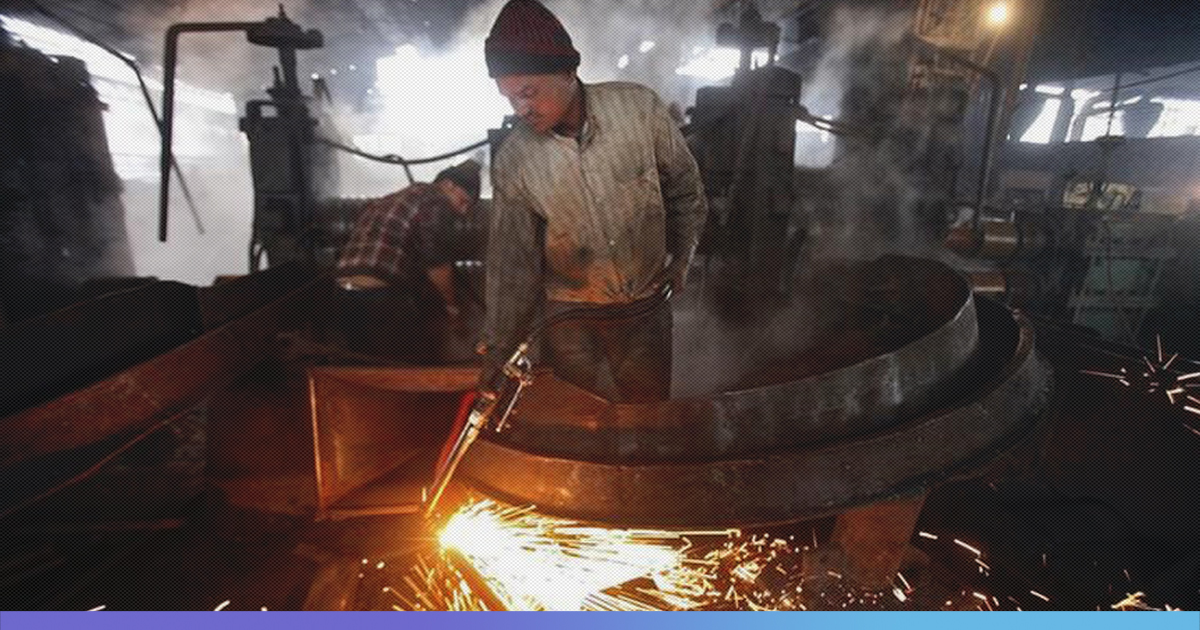India’s unemployment stood at 6.1% in 2017-18, according to the leaked National Sample Survey Office (NSSO) report, highest in last 40 years. The report also mentioned that 1.1 crore Indians had lost their jobs in 2018. The upcoming government will have to bite the bullet and scrutinise these figures if “Sabka Vikas” were to become a reality anytime soon.
One of the primary reasons for the abysmal employment rate in the country is the dearth of the ‘Manufacturing & Innovation’. In order to heave the country out of this menace, the upcoming government will have to double down its efforts on transforming India into a manufacturing hub.
The BJP, when it came to power in 2014, among a slew of schemes launched ‘Make In India’. The scheme was envisaged making India a global manufacturing hub by giving opportunities to domestic companies and luring MNCs to set up factories in the country. The government set targets to increase growth in the manufacturing sector to 12-14% per annum, pull up the share of manufacturing in the gross domestic product (GDP) to 25% by 2022, from 16%. The government also planned to create 100 million jobs in manufacturing.
However, five years down the line, experts say that only the smartphone industry has thrived. Around 40 mobile phone plants have set shop in India since ‘Make In India’ was announced. The sector is expected to produce eight lakh jobs by 2020.
Lack of technology and poor infrastructure are among the key factors dissuading the investors to a plunge into the Indian market.
The current trading volume suggests that ‘Make In India’ hasn’t made the requisite progress. The Foreign Direct Investment (FDI) into India has only increased by to 3% to $61.69 billion in the financial year 2017-2018, in comparison to 27% FDI growth in 2014-15.
Experts suggest that to attract more foreign investments, it is essential for the government to revive domestic investments and further ease of doing business in India. Under the current regime, FDI in manufacturing constituted 28% of the total foreign direct investment, which is below the average of 44% during UPA -ll.
India ranks 53rd in the global innovation index. Among Asian countries, India falls behind Singapore, Maldives, Japan, and Thailand. It is evident from that if India has to improve its stand in the global innovation index, then in the next five years, the country has to move beyond service and consumption to an innovation-led and knowledge-based economy. The government and policymakers have to support entrepreneurs and create an environment that will foster research and innovation.
Also Read: How True Are Government Claims About Mobile Handset Manufacturing?











